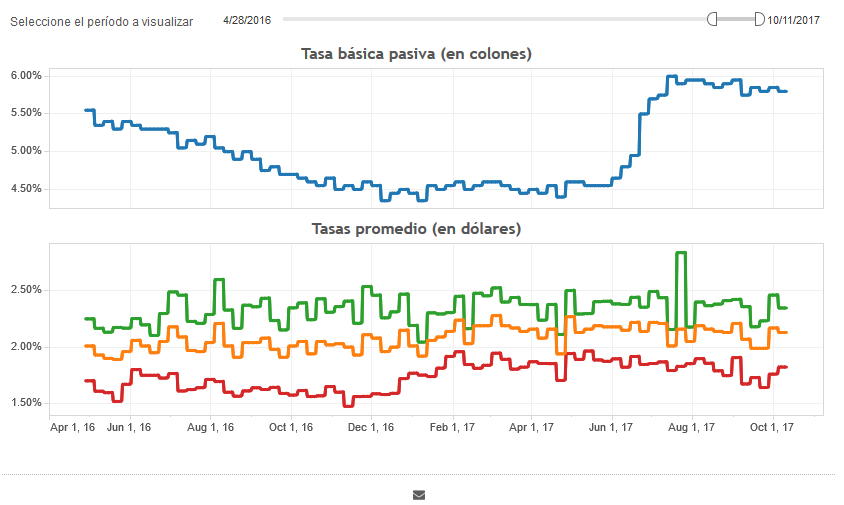
Looking for more Costa Rica travel tips? Click here! Travel Tip: Local banks in Costa Rica include the BCR (Bank of Costa Rica), BN (Banco Nacional) and BAC (a private bank). They are not as widely accepted as cash or credit cards. Travel Tip: Leave your travelers checks at home. Just check with your bank about any possible fee you might have to pay to use your card internationally. Travel Tip: Most places accept credit and debt cards. Although if you are insistent, they will usually help you. Ticos tend to get annoyed because they don’t want to break that much change. For example, if you want to buy a Casado for 2,500 colones, try not to us a 20,000 colones bill. Travel Tip: If you are making a smaller purchase at a local convenient store or soda, try not to pay with large colones bill. They will just have to order the colones, so plan on exchanging your money a few weeks ahead of time. You can also exchange money at your own bank in your home country for a good rate. The exchange rate at the kiosks in the Costa Rica airports is notoriously terrible. You’ll see money changing kiosks as soon as you exit the baggage claim area, but it’s best to walk right past it. Do not exchange money inside the airport. When you arrive, you may exchange your money for official currency at any local bank. Some upscale hotels will also exchange money for their guests. Note that you will get a more favorable exchange rate from banks. Exchanging US Dollars To Costa Rican Money You will most likely receive your change in the local currency: colones. Euros are not widely accepted in Costa Rica. Bills larger than $20 are difficult and might have to be changed at a bank. The larger the bill, the more perfect it needs to be.

The bills will need to be in good condition as they will not be accepted if they are ripped or torn. Bring smaller bills like $1, $5, $10 and $20 bills.

US dollars are widely accepted in Costa Rica. A good trick is to look at the first number and double it to equal the approximate dollar amount. Make sure you check the exchange rate before your trip. The exchange rate may go up or down, but it won’t make that much difference in everyday purchases. A quick reference point is that everything is a multiple of five.ĥ00 colones is equivalent to approximately one dollar. The money system in Costa Rica is not too confusing, so you shouldn’t be too worried about trying to figure it out.

That is actually a unique feature that helps people who are blind differentiate between each bill. New colorful waterproof bank notes were released between 20. The Costa Rica currency, the Colon, was named after Christopher Columbus, or Cristobal Colon. For the most current exchange rates, check the site of the Central Bank of Costa Rica. The exchange rate between the dollar (USD) and the colon is always fluctuating and is currently around 612 colones to the dollar. Colones consist of colorful bills that depict some of Costa’s Rica’s most beautiful animals– these being sharks, monkeys, sloths and butterflies. The official currency of Costa Rica is the Colon.


 0 kommentar(er)
0 kommentar(er)
